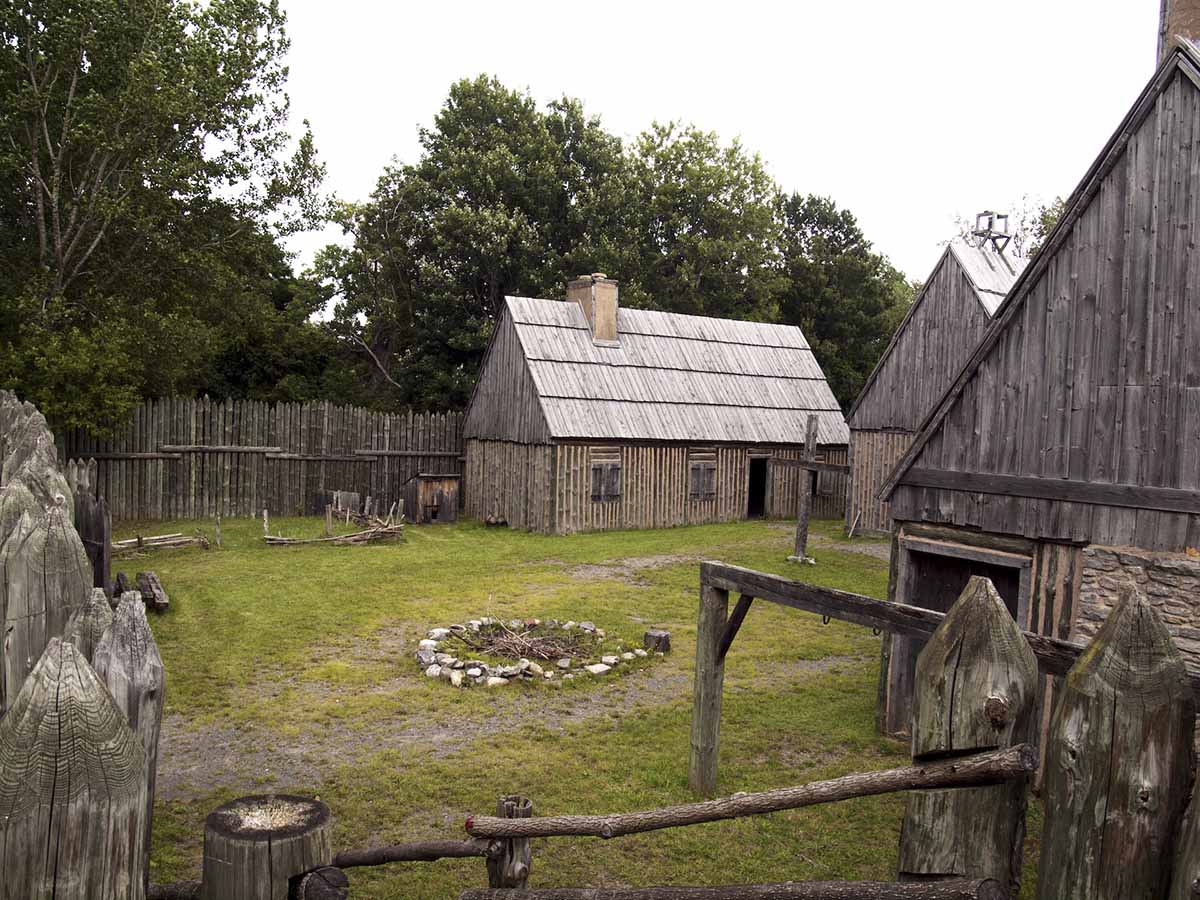Robert J. Miller, The International Law of Colonialism: Johnson v. M’Intosh and the Doctrine of Discovery Applied Worldwide
This international law, called the Doctrine of Discovery today, is made up of ten distinct elements. Common law courts dissect crimes and torts into their underlying elements; my co-authors and I have used a similar form of analysis to examine the Doctrine and its legacy. In various books and articles, we have used these factors to compare how England applied the Doctrine and its elements in Australia, Canada, New Zealand, and the United States, how Portugal used the Doctrine to colonize Brazil, how Spain used that international law to colonize Chile, and how England and Germany used the Doctrine and its elements to colonize East Africa. President Thomas Jefferson also used the elements of this international law and the Lewis & Clark expedition in 1803-06 to strengthen the United States’ claim to the Pacific Northwest. I have also argued that the Doctrine laid the groundwork for American Manifest Destiny. Consequently, the Doctrine of Discovery has played major roles in the colonization of many countries around the world and is omnipresent in the modern-day laws, policies, and cultures of settler colonial countries and societies.
SUGGESTED CITATION
Robert J. Miller, "Robert J. Miller, The International Law of Colonialism: Johnson v. M’Intosh and the Doctrine of Discovery Applied Worldwide," Doctrine of Discovery Project (29 March 2023), https://doctrineofdiscovery.org/blog/canopy-series-international-law/.
Donate today!
Open Access educational resources cost money to produce. Please join the growing number of people supporting The Doctrine of Discovery so we can sustain this work. Please give today.


